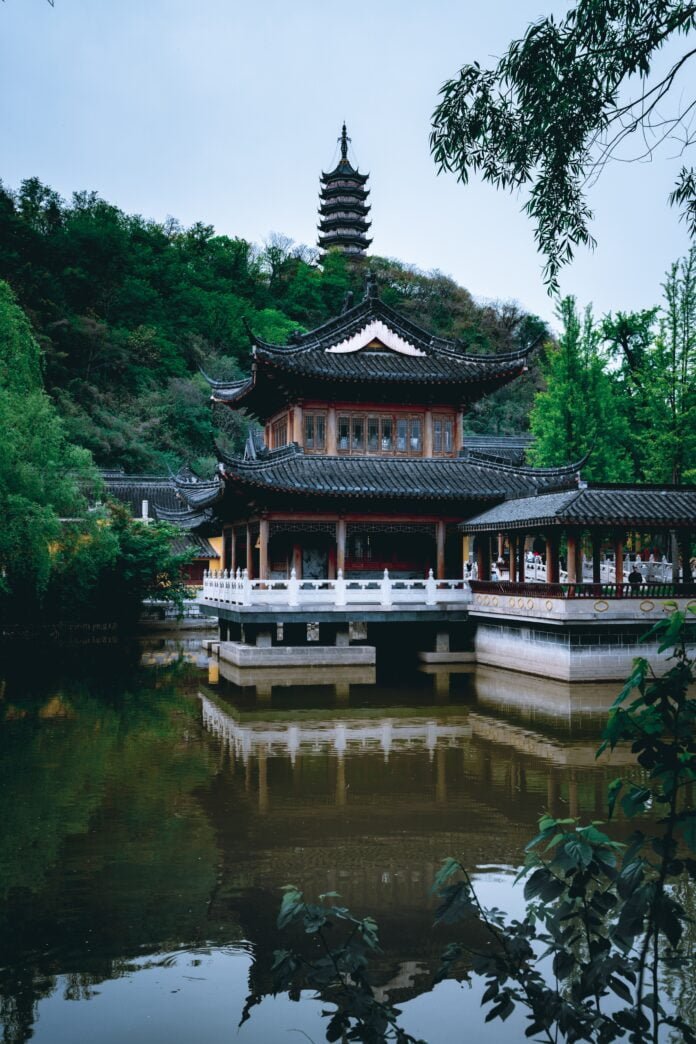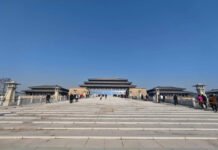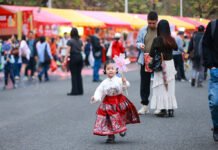China has a rich cultural heritage that spans thousands of years. From the Great Wall to the Forbidden City, China is a country steeped in history and tradition. However, with the rapid modernization and urbanization of China, many of these historical treasures have been lost or are in danger of being lost. In recent years, there has been a renewed interest in preserving and promoting China’s cultural heritage, and efforts are being made to bring heritage to life in the modern era.
One way that heritage is being brought to life in modern China is through the preservation of ancient architecture. Many of China’s historic buildings, such as temples, palaces, and courtyard houses, are being restored to their former glory. These buildings are not only important for their historical value, but they also serve as a connection to China’s cultural heritage.
For example, the Palace Museum in Beijing, also known as the Forbidden City, has undergone extensive renovations in recent years. The museum, which was once the imperial palace of China’s Ming and Qing dynasties, is now one of China’s most popular tourist attractions. The renovations have not only restored the buildings to their former glory, but they have also made the museum more accessible to visitors.
Another way that heritage is being brought to life in modern China is through the use of technology. Digital technologies such as virtual reality (VR) and augmented reality (AR) are being used to create immersive experiences that bring China’s cultural heritage to life.
For example, the National Museum of China in Beijing has launched a VR tour that allows visitors to explore the museum’s collections and exhibitions from the comfort of their own home. The tour uses high-resolution 3D scans of the museum’s artifacts, allowing visitors to get up close and personal with China’s cultural treasures.
Similarly, AR is being used to create interactive exhibits that allow visitors to engage with China’s cultural heritage in new and exciting ways. For example, at the Xi’an Museum in Shaanxi Province, an AR exhibit allows visitors to explore the history of the Silk Road and interact with digital recreations of historical artifacts.
In addition to restoring ancient architecture and using technology, heritage is also being brought to life in modern China through the promotion of traditional arts and crafts. China has a rich tradition of arts and crafts, including calligraphy, painting, embroidery, and ceramics. These traditional crafts are being promoted and preserved through workshops, exhibitions, and festivals.
For example, the China National Arts and Crafts Association organizes an annual exhibition that showcases the best of China’s traditional arts and crafts. The exhibition features a wide range of works, including ceramics, embroidery, lacquerware, and paper cutting.
Similarly, traditional Chinese opera is being promoted and preserved through a variety of initiatives. The National Centre for the Performing Arts in Beijing regularly hosts performances of traditional Chinese opera, and the government has launched a program to train young performers in the art form.
In conclusion, bringing heritage to life in the modern era in China is an important undertaking. It not only preserves China’s cultural heritage for future generations, but it also helps to promote a deeper understanding and appreciation of China’s rich history and tradition. Through the restoration of ancient architecture, the use of technology, and the promotion of traditional arts and crafts, China is successfully bridging the gap between the past and the present.
Read More:



